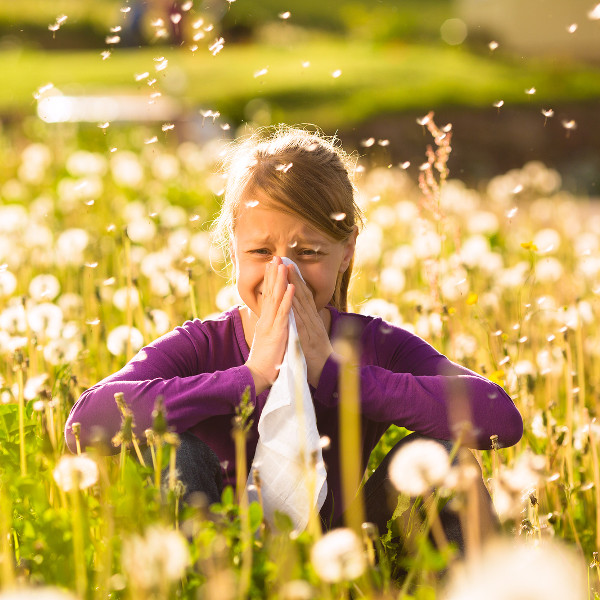Allergy Season Has Finally Arrived

April 25, 2018
Pollen levels in the Washington region have drastically risen in the last few weeks. The sudden change in weather from being persistently cold to a warmer temperature caused a pollen level imbalance.
Like every season, Spring has its pros and cons. It’s that time of year when beautiful flowers began to bloom after a long winter, hibernation ends, insects reappear, and outdoor activities are restored. While some may spend the day outdoors enjoying the nice weather, others are bombarded with seasonal allergies (also known as hay fever.) Due to global warming temperatures, this spring is predicted to be another tough season for allergy sufferers. “I hate Spring. It’s the worst season for me because my allergy symptoms prohibit me from going out with friends and I’m usually uncomfortable in class if I don’t take my meds,” said Sophomore John Jones.
With grass and ragweed pollen on the way later in the year, allergy sufferers are most likely to feel symptoms for the next few months, unfortunately. Hay fever symptoms include sneezing, runny nose, red, watery, and itchy eyes, throat irritation, headaches, and shortness of breath. There are many things you can do to prevent allergy symptoms from worsening. Doctors advise limiting outdoor activities, showering frequently after arriving home, using air conditioning, and taking Antihistamine medications to reduce symptoms. Freshman Alicia Reyez doesn’t personally suffer from the hay fever, but her “little sister does.” There are home remedies for seasonal allergies online so she usually tries those out. However, sometimes “she takes Claritin to get through the day.”
Monitoring pollen forecasts daily will prepare allergy sufferers for what’s to come. Pollen counts are expected to rise the warmer it gets, which means symptoms tend to worsen. Higher pollen counts usually occur on drier days compared to rainy ones. Rain washes pollen from the air so counts are lower following a shower. Everyone can find pollen forecasts following weather forecasts on TV, online or in newspapers. Junior Nia Brown, takes “Zyrtec first thing in the morning” and checks the weather forecast before leaving for school.
Tree pollen counts typically peak in April, but there is a wide historical range that depends on the weather. Up to this point, the tree pollen levels have been more down than up in recent years. Susan Kosisky, director of the U.S. Army Centralized Allergen Extract Lab based in Silver Spring, recently did an interview with the Washington Post. She elucidated how the mixture of cool weather and low pollen counts, with the upcoming sunny, breezy, and warm weather will “induce a potpourri of pollen” from tree species in the region. “The trees can quickly take advantage of a beautiful spring day, releasing abundant amounts of pollen into the air,” she said.
The warm weather is arriving up to a few days earlier this year in some places. One study found that pollen counts have been rising since 2000.
“The climate and the weather has an impact on the start, the duration, and the intensity of allergy season. With global warming, we know last year was one of the hottest on record, as well as increased carbon dioxide emissions. This all fuels the growth of plants, which means more pollen, earlier pollen, and pollen that stays around longer,” Dr. Tara Narula told CBS on Friday. “In 2000, there were about 8,000 pollen grains per meter cubed. In 2040, it’s projected to be around 20,000.” This means allergy sufferers’ symptoms will worsen over time as the pollen level rises.



